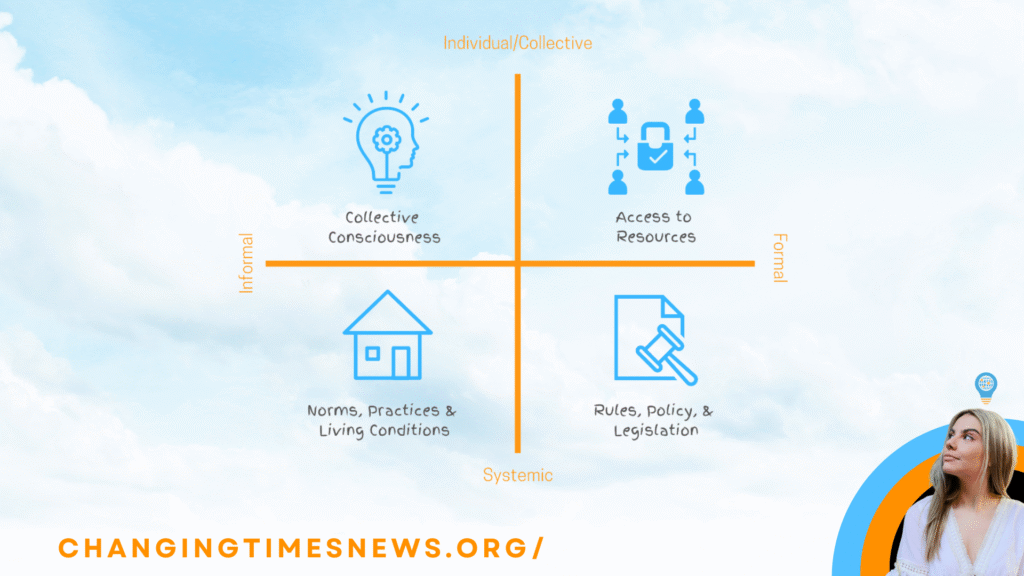In a world marked by uncertainty, rapid technological disruption, and shifting social expectations, the question of what makes a great leader has never been more urgent. In the latest episode of Changemaker Q&A, leadership strategist and author Dave Chauhan joined me to explore his distinctive framework for navigating the uncharted waters of leadership — what he calls the “Nautical Leadership Model.”
Chauhan’s approach is rooted in the idea that true leadership is less about titles and key performance indicators and more about anchored purpose, adaptability, and courage. Drawing inspiration from centuries of maritime exploration, he argues that leadership in the modern era requires the same spirit of navigation that guided history’s greatest explorers — those who ventured into the unknown without a map, guided only by their compass and conviction.
“Leadership happens in the small moments,” Chauhan said. “It’s not defined by KPIs or the size of your team, but by the values and purpose that keep you steady when everything around you is shifting.”
The Three Elements of Nautical Leadership
At the heart of Chauhan’s model are three core principles — Beacon, Wayfinder, and Seafarer — each representing a vital aspect of effective leadership.
Beacon refers to having a clear, values-based purpose that acts as an anchor amid chaos. Chauhan connects this to the work of thinkers such as Simon Sinek and Viktor Frankl, both of whom have explored how purpose fuels human motivation and resilience.
Wayfinder captures the importance of adaptability — the ability to sense change, interpret it quickly, and respond effectively. Chauhan likens it to the feedback loop of touching a hot teapot: “Acknowledging that the world is changing, realizing your plan isn’t perfect, and adjusting before you get burned.”
Finally, Seafarer represents the courage to act decisively, even when the path ahead is unclear. It’s about knowing when to move forward and when to hold back — the essence of wise, responsive leadership.
The “Good Enough” Plan
One of Chauhan’s most practical tools is what he calls the “Theory of Good Enough Plans.” Inspired by U.S. General Dwight Eisenhower’s approach to planning during D-Day, Chauhan suggests that leaders should aim for 70 percent certainty before acting. Waiting for perfect information, he says, often leads to paralysis.
This idea echoes research in organizational psychology that supports the “70 percent rule” — a decision-making principle that values agility over perfection. In a rapidly changing environment, leaders who act on good enough plans can iterate and learn faster than those who wait for complete certainty.
Lessons From History — and the Future
To illustrate the power of adaptability and purpose, Chauhan points to explorer Ernest Shackleton, whose ill-fated 1914 Antarctic expedition became a legendary case study in leadership under pressure. Despite being stranded on the ice for months, Shackleton’s unwavering focus on his crew’s survival — and his ability to pivot his mission — ensured that every man made it home alive. His story is now taught in top business schools as a masterclass in resilient, purpose-driven leadership.
Chauhan also draws connections between his nautical philosophy and modern business practice. Companies such as Patagonia, for instance, embody anchored purpose by placing environmental and social responsibility at the core of their identity. Likewise, Microsoft’s cultural transformation under Satya Nadella — moving from a “know-it-all” to a “learn-it-all” organization — reflects the adaptability central to Chauhan’s model.
Leading in an Age of AI and Uncertainty
Looking ahead, Chauhan argues that the next great test of leadership will come from how we integrate artificial intelligence and automation into human progress. As technology transforms work, productivity, and even the global economy, leaders must focus not just on efficiency but on meaning — redefining success around humanity’s collective purpose.
“We’re entering a time when GDP may no longer measure human value,” he says. “The challenge for leaders will be to give people a deeper reason to contribute — beyond profit or productivity.”
Setting Your Own Course
For aspiring leaders, Chauhan recommends starting with reflection: identify your core values and purpose, then build from there. Adaptability and courage can be cultivated, he suggests, but only when anchored in something steady.
His message is both timely and timeless — an invitation to step into leadership not as a position of power, but as a lifelong act of navigation. “In a world without maps,” Chauhan reminds us, “we lead best when we know our compass.”


